SOURCE: AFI

In 2019, the Indian Air Force’s (IAF) plan to equip its Mirage 2000 fighter jets with long-range Meteor air-to-air missiles faced a setback. Dassault Aviation, the manufacturer of the Mirage 2000, and MBDA, the maker of the Meteor missile, declined the integration due to two key factors.
Integrating the Meteor missile with the Mirage 2000 would have necessitated significant modifications to the aircraft’s systems. These modifications were deemed too expensive by both Dassault and MBDA.
Continue readingSOURCE: AFI
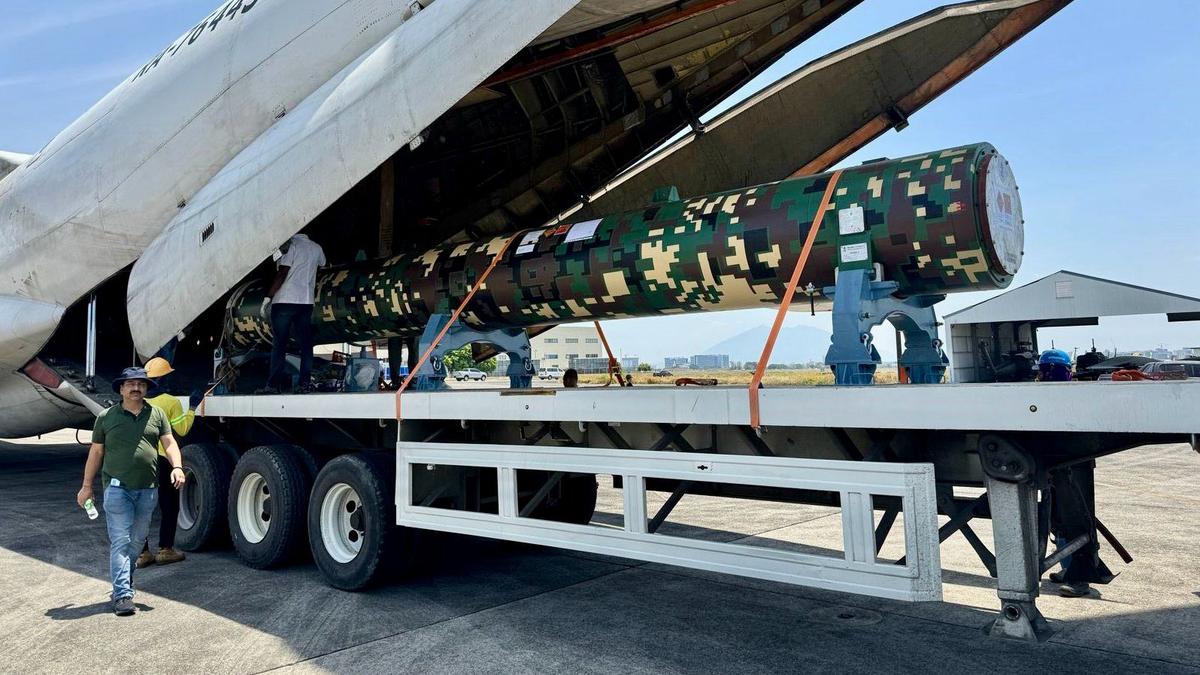
The Philippines’ Ambassador to India, Josel Francisco Ignacio, emphasized on Monday that the BrahMos missiles provide a “credible defense” capability for the Southeast Asian nation. This development, he noted, signifies India’s “rising” prowess in the defense sector.
Speaking at an event organized by the Observer Research Foundation (ORF), Ignacio highlighted the evolving dynamics between India and the Philippines. “India and the Philippines stand at the cusp of a new phase of its relations, with more engagement. We are prying open new frontiers of cooperation including defense, space, and financial technology,” he stated.
Continue readingSOURCE: AFI

Scientists at the Indian Institute of Science (IISc) have made a significant breakthrough in infrared imaging technology. They’ve created a device that can “up-convert” invisible infrared light to a visible range, allowing us to see it directly.
The human eye can only see a specific range of light frequencies, known as the visible spectrum. Infrared light falls outside this range, with even lower frequencies than red light. While invisible, infrared has various applications in fields like astronomy, defense, and night vision.
Continue readingSOURCE: RAUNAK KUNDE / NEWS BEAT / IDRW.ORG

In a development first reported by idrw.org, India’s state-owned Hindustan Aeronautics Limited (HAL) is making a strong case for the indigenous development of Medium Transport Aircraft (MTA). This comes amidst interest from established players like Lockheed Martin, Embraer, and Airbus who have submitted bids to the Indian Air Force (IAF) for the project.
An anonymous HAL official, citing authorization limitations, revealed to idrw.org that the company is awaiting the IAF’s decision on the desired cargo-carrying capacity for the MTA. Upon receiving this information, HAL’s Kanpur division is prepared to conduct feasibility studies for the local development of an MTA-class aircraft.
Continue readingSOURCE: RAUNAK KUNDE / NEWS BEAT / IDRW.ORG

The Indian Air Force (IAF) is setting its sights on a potent one-two punch for its fighter jet arsenal. Following the successful integration of the Astra MkI Beyond-Visual-Range Air-to-Air Missile (BVRAAM), the IAF is now exploring the integration of the Rudram-1 missile onto two of its key fighter platforms: the Rafale and the Tejas Mk1A.
The Rudram-1, also known as the New Generation Anti-Radiation Missile (NGARM), is an indigenous air-to-surface missile designed in collaboration with Dassault Aviation. This missile excels at neutralizing enemy air defence systems, including surveillance and tracking radars, as well as communication networks.
Continue readingSOURCE: RAUNAK KUNDE / NEWS BEAT / IDRW.ORG

Indian drone manufacturer Kadet Defence Systems (KDS) has made significant strides in the realm of aerial targets with its latest innovation, the Anudishya jet-powered aerial target. This cutting-edge platform is poised to revolutionize high-speed interception and precision strike capabilities, with performance metrics that set a new standard in the industry.
The Anudishya aerial target is designed to perform high-speed interceptions and precision strikes at distances exceeding 300 kilometres. Its ability to cover vast distances with pinpoint accuracy makes it an invaluable asset for both offensive and defensive military operations. The integration of a jet engine enables the Anudishya to reach speeds over 500 kilometres per hour, significantly enhancing its responsiveness and effectiveness in complex operational scenarios.
Continue readingSOURCE: AFI

Wing Commander Abhinandan Varthaman, an Indian Air Force pilot, became a national hero in 2019. He successfully shot down a Pakistani F-16 during a tense aerial skirmish before his own MiG-21 was downed. While heroically returned after his capture in Pakistan-occupied Kashmir (PoK), questions remain about his story’s silence.
However, since his return, there has been a curious contrast in media access. While Abhinandan has been promoted to Group Captain and is allowed to fly again, he has not been granted permission to speak publicly about the events of that day.
Continue readingSOURCE: AFI
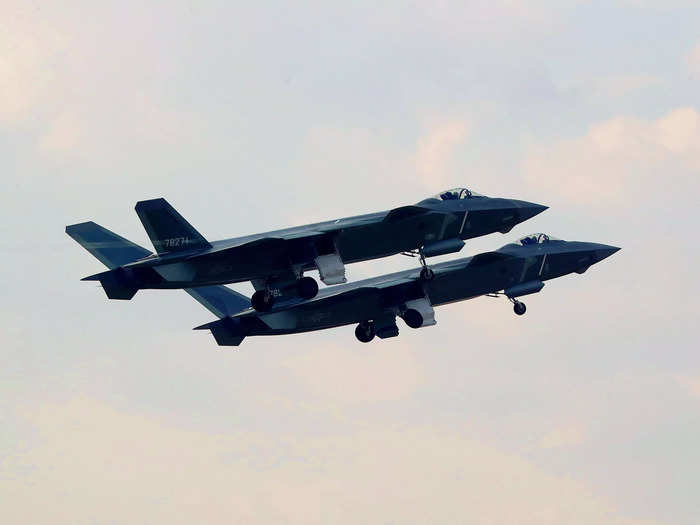
China’s rapid ramp-up of J-20 production, with estimates reaching 120 units per year, signifies their ambitious goal of fielding a massive fleet potentially exceeding 1,000 aircraft. This has security analysts worldwide, particularly in neighboring India, closely watching the development.
The Chengdu J-20 is a fifth-generation, twin-engine fighter jet boasting the title of the world’s biggest in its class. Its size, exceeding both the Su-57 and F-22, translates into a potentially significant advantage – range.
Continue readingSOURCE: AFI
The MiG-25, a Soviet interceptor renowned for its speed and altitude, boasted an equally unique radar – the RP-25 Smerch-A (also known as the TL-25). Unlike its contemporaries, the Smerch wasn’t designed for initial target detection or tracking. Instead, it served a very specific purpose: providing a final, accurate lock-on under heavy jamming conditions.
The Smerch packed a whopping 600kW punch, dwarfing the capabilities of other fighter radars at the time. This immense power allowed it to literally “burn through” enemy Electronic Countermeasures (ECM), enabling the MiG-25 pilot to acquire a target amidst jamming attempts.
Continue readingSOURCE: AFI

The Indian Navy’s INS Talwar, the lead ship of its Talwar-class frigates, has been spotted sporting a new upgrade – the formidable BrahMos supersonic cruise missile. This development marks a significant enhancement in the frigate’s firepower.
Originally commissioned in 2003, the Talwar class, including the first ship INS Talwar, was equipped with the UKSK (Universal Shipboard Launching System) firing the Klub anti-ship cruise missiles. These missiles, while potent, offered a range and capability that the BrahMos now surpasses.
Continue readingSOURCE: IDRW.ORG
)
A recent missile test by India has sparked discussions among experts regarding its potential impact on the country’s strategic arsenal. According to Matt Korda of the Federation of American Scientists, India’s successful test of a Multiple Independently Targetable Re-entry Vehicle (MIRV) equipped Agni-V MKII intercontinental ballistic missile (ICBM) earlier this year raises questions about the future of India’s submarine-launched ballistic missile (SLBM) program.
MIRV technology allows a single missile to carry multiple warheads, each capable of hitting a separate target. This development in India’s ICBM program suggests potential advancements in its SLBM technology as well.
Continue readingSOURCE: IDRW.ORG

In a significant stride towards self-reliance in defence technology, Dr. Samir V. Kamat, Secretary of the Defence Research and Development Organisation (DRDO), announced the development of indigenous fuel for the ramjet engine of the BrahMos missile and scramjet propulsion systems. This advancement is set to play a crucial role in reducing India’s dependence on foreign sources for critical defence technologies.
The development of indigenous fuel for ramjet and scramjet engines marks a pivotal moment for India’s defence capabilities. Ramjet engines, which power the supersonic BrahMos missile, rely on air-breathing propulsion technology, making them highly efficient at high speeds. Scramjet engines, a variant of ramjets, are designed for hypersonic speeds and are key to next-generation missile systems.
Continue readingSOURCE: AFI
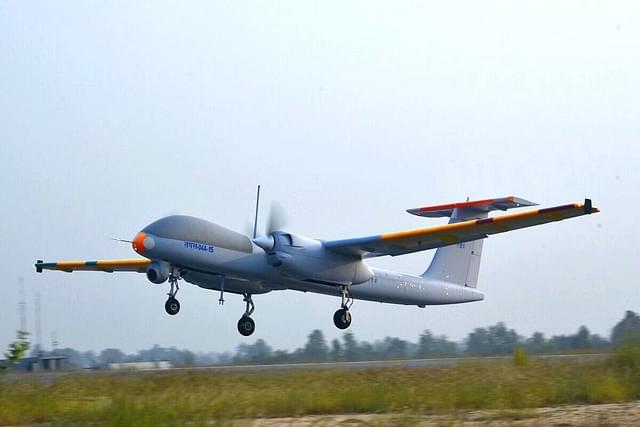
The Indian-developed Tapas drone program has reached a turning point, with the Indian Navy recently placing an order for four TAPAS-BH-201 drones. This development comes amidst a backdrop of both progress and setbacks for the project.
Drawing inspiration from the American MQ-9 Reaper, DRDO initiated the Tapas program in 2010. The drone’s maiden flight occurred in 2016. With a length of 31 feet, a wingspan of 67 feet, and a weight of 1,800 kg, the Tapas boasts a payload capacity of 350 kg and an impressive endurance exceeding 24 hours.
Continue readingSOURCE: AFI
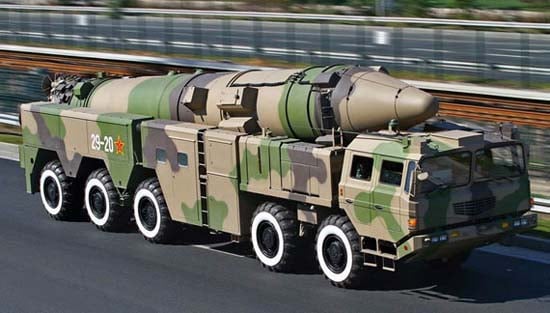
A common misconception suggests China’s DF-21D missiles pose an immediate threat to Indian aircraft carriers in the Indian Ocean Region (IOR). This article dismantles this myth by examining the challenges China would face in such a scenario.
Targeting a moving aircraft carrier requires real-time data. While China has satellites, their data transmission isn’t instantaneous. Even with the fastest processing times, there’s a gap between data acquisition and relaying it to launch platforms. Additionally, satellite data itself has inherent errors in tracking targets and their own positions.
Continue readingSOURCE: AFI
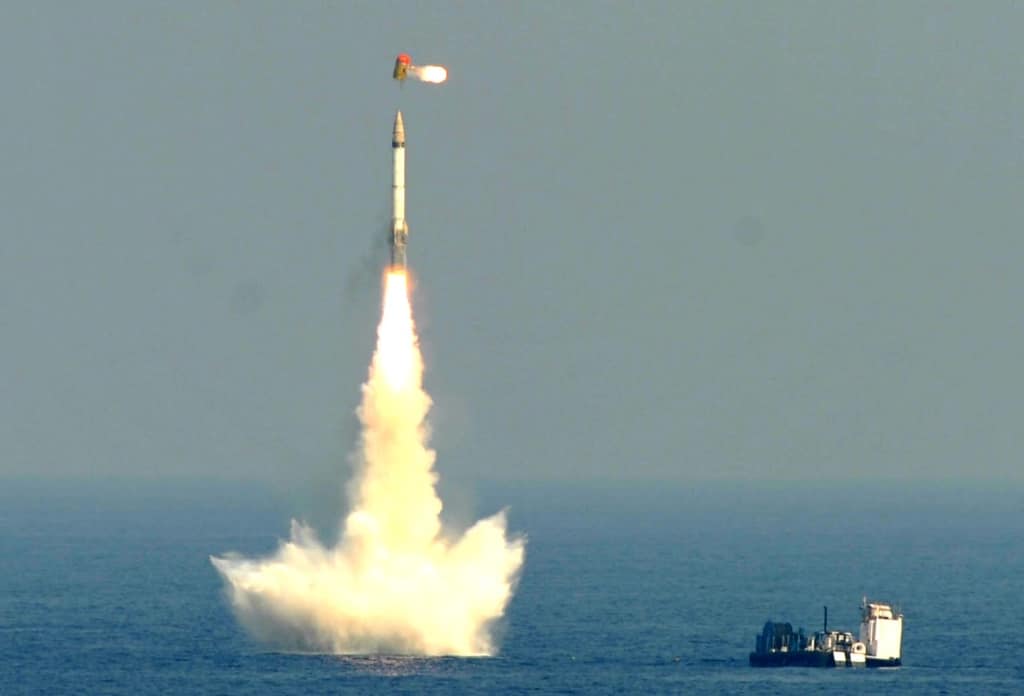
A new report by the Stockholm International Peace Research Institute (SIPRI), a leading arms control think tank, has challenged a long-held assumption about India’s nuclear arsenal. The report suggests that India may have begun a practice known as “mating” – storing nuclear warheads with their delivery systems (missiles or bombers) during peacetime.
Mating nuclear warheads with delivery systems significantly reduces the warning time before a potential nuclear launch. This can heighten tensions and increase the risk of accidental or unauthorized use of nuclear weapons. Traditionally, both India and China were believed to keep their warheads separate from launchers during peacetime, providing some buffer in case of a crisis.
Continue reading